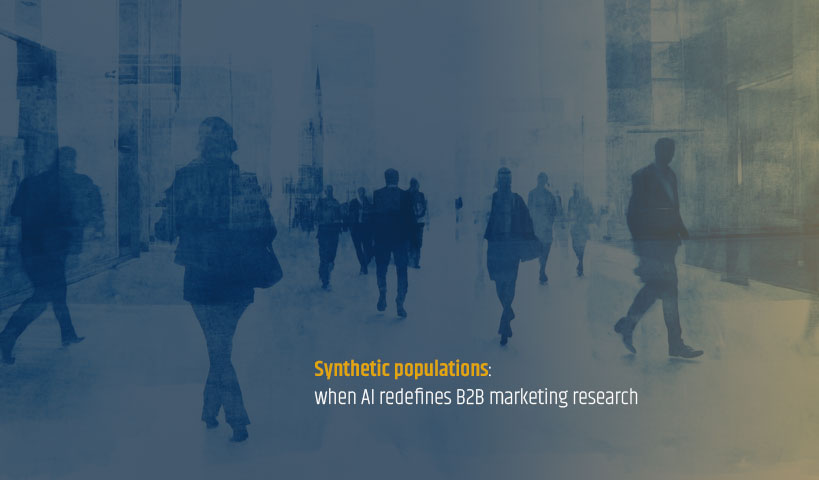
You created a research firm to conduct studies and the word statistics makes you sick? This short guide might help clarify the jargon of statistical research.
“We conducted a study by interviewing 1000 respondents from Quebec who work in the XYZ industry. The study was conducted between April 29, 2013 and May 10, 2013 via an online survey. The confidence level was measured at 95% (19 out of 20) with a margin of error at 3.1%.”
In the beginning, the statistician, mathematician or analyst presents the parameters of the study, as above. They are usually discussed at the beginning of the project and depend on your needs and budget.
Sample of X respondents
This is simply the number of entities (people, companies, etc.) that will be interviewed. Since it’s practically impossible to question an entire population (ex: every company from the construction sector), it’s preferable to choose a small group of companies that represents this population. In B2B, we often use smaller samples, which isn’t always the case in B2C.
Level of confidence
Polling firms will usually use a 95% confidence level (the infamous 19 out of 20). You might also see 90% or 99%, which generally depends on your budget.
Tempting to choose a “kingpin” 99% level of confidence? Not necessarily. For the same sample size (1000, for example), your margin of error is larger, as below:
Margin of error
This element is sometimes misunderstood. The margin of error is the estimate of the possible range between the results if the study were to be conducted a second time with the same respondents. The higher the margin of error, the lower the confidence level.
Average and standard deviation
Finally something that might be familiar to you: averages! A former marketing professor of mine had compared averages to a bikini: they give a good idea of the results without revealing everything.
Actually, the average can sometimes misrepresent your data. To see how, below are the standard deviations of the group averages. The standard what? Here’s an example:
Two groups of students receive their test results:
If you only look at the average, as a bad school principal would do, then you might have thought that both groups have the same average and are thus comparable. Does this remind you of someone? Skinner!!! The principal of the Springfield elementary school from The Simpsons.
Median
The median is the central value of your data. Let’s look at the example above and compare the medians of the two groups.
Wait a minute! The median of each group is different. To know whether your averages accurately represent these groups, look at the medians. If there is a 10% difference between the averages, then they probably do not represent your groups. I’ll spare you the details, but here’s the difference between the average and the median of each group:
- Group 1: 0%. No problem here.
- Group 2: 16%. Your average does not accurately represent Group 2.
Bravo, Skinner!
Voila! I hope that this small toolkit will help you feel more comfortable when analyzing the results of your study.




